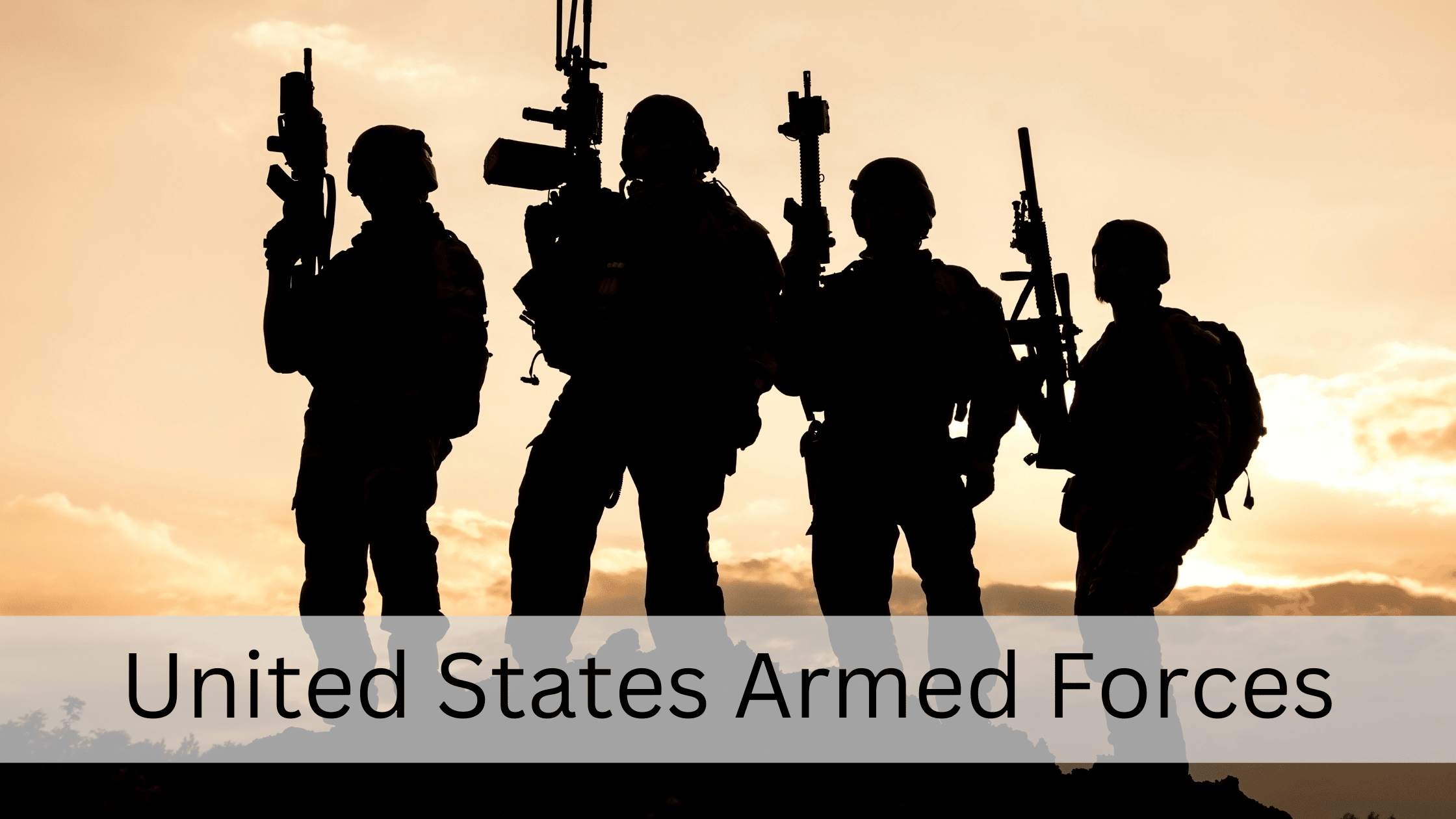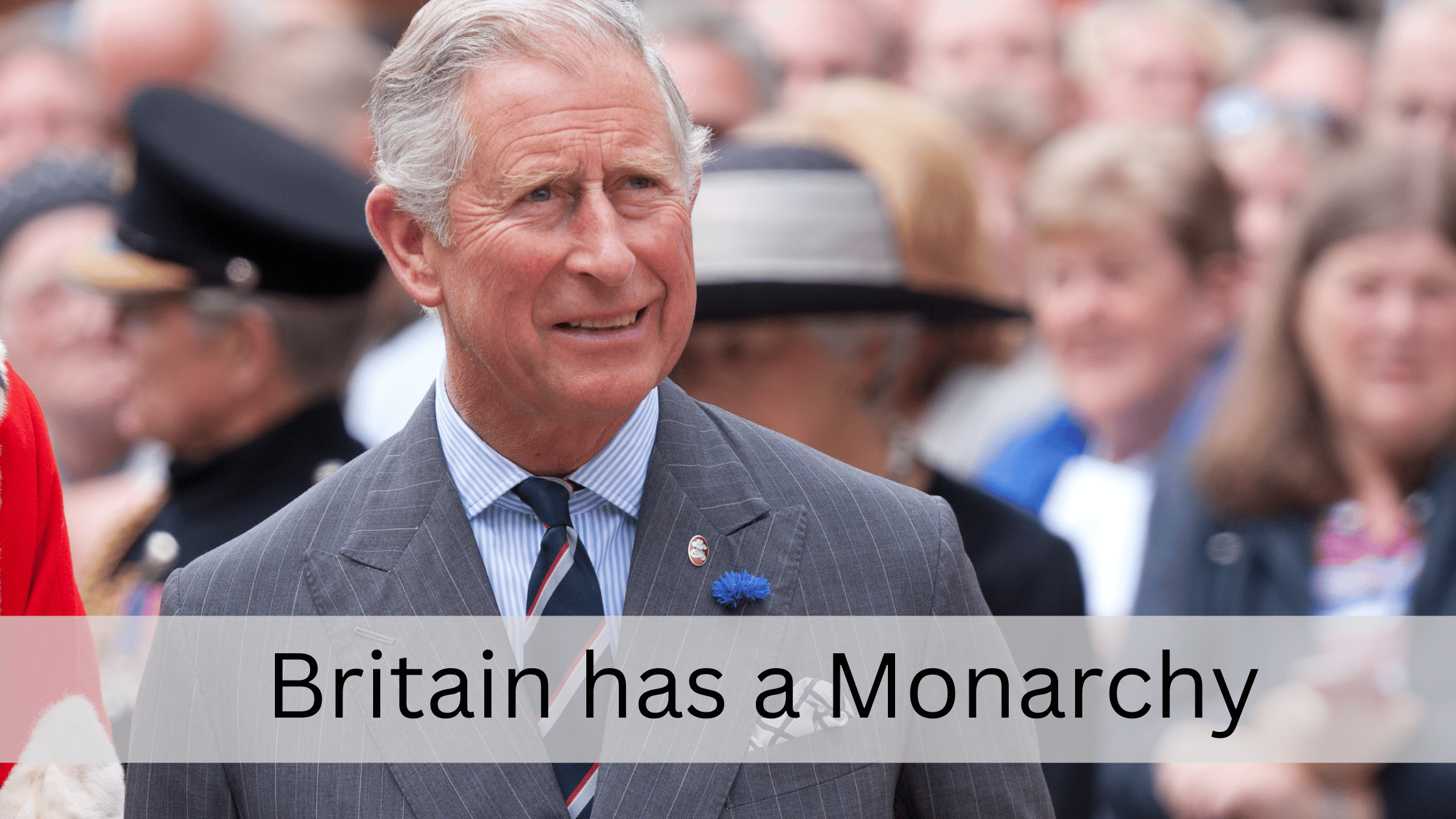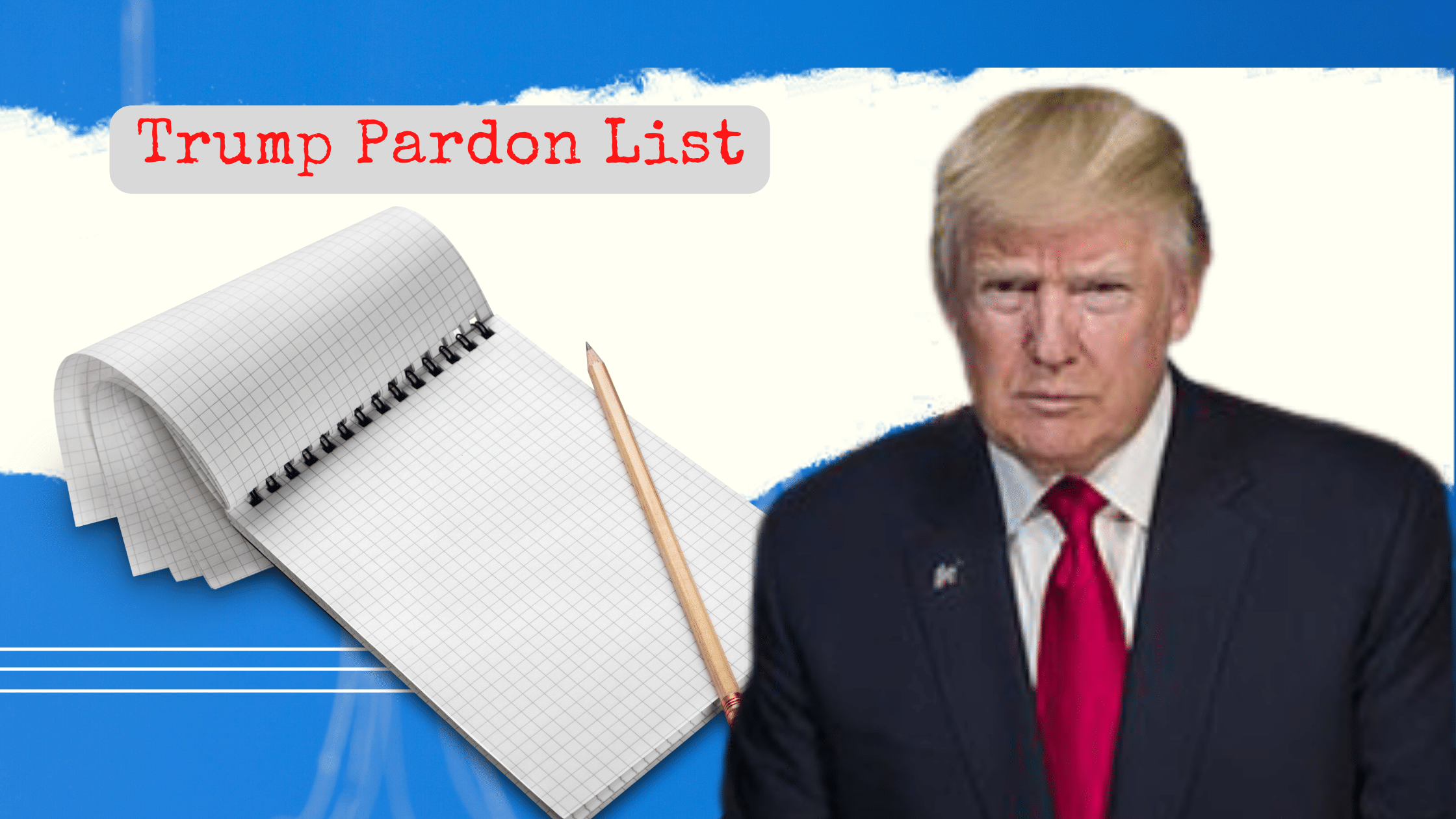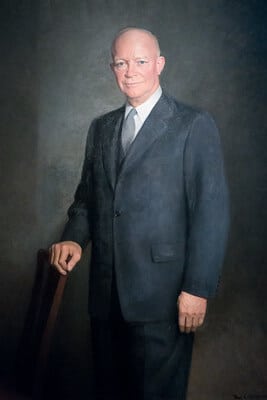Table of Contents
ToggleThe United States excels at giving people lots of political titles. The President plays at least 7 different roles.
What is the Chief of State?
In normal times, the Chief of State is the President. The Chief of State represents the United States at events or functions.
Continue reading for more information about what he (or she) does.
Roles of the President
There are many names for the US President, depending on his role at that time.
One of these is the Chief of State role. What does this mean?
What is the Chief of State?
Chief of State is another term for Head of State. For example, the President serves as the US’s representative on foreign visits or at major events.
The role of Head of State also allows him to enjoy and hold lavish state visits.
Duties of the Chief of State
Once a candidate is inaugurated as President of the United States, they take on several roles.
That is because the presidency has various powers in very different fields.
Those powers include the following:
- To either sign bills or veto legislation presented to them.
- To convene or adjourn Congress.
- To give pardons.
- To issue commands to the US armed forces.
- To meet with foreign ambassadors and dignitaries.
The ability to assign certain orders to the US Armed Forces falls to the Commander-in-Chief of the USA.

The role of meeting foreign dignitaries and serving as the US’s representative falls to the Chief of State. This is an example of the Chief of State’s role.
The President holds both the Commander-in-Chief and Chief of State roles.
Examples of Chief of State Roles
The role of the Chief of State is a lot like that of the Head of State. They are ambassadors and take part in a range of events.

Get Smarter on US News, History, and the Constitution
Join the thousands of fellow patriots who rely on our 5-minute newsletter to stay informed on the key events and trends that shaped our nation's past and continue to shape its present.

Typical events that the President may attend as Chief of State include the following:
- Important funerals and memorial services.
- Attending other events as a representative of the USA.
- Holding and embarking on state visits.
- Holding fun publicity events at the Whitehouse.
1) Important funerals and memorial services.
These are important for the President as the US leader and Chief of State. The Chief of State needs to show his support during the memorial services. This is especially true for Veterans and Memorial Day events.
The Chief of State may also travel to other countries for the specific anniversary of key events or battles to lay flags or wreaths. For example, American involvement in WWII means strong ties to allied countries and their events.
The President may also attend funerals of military personnel or other leading figures.
2) Attending events as a representative of the USA.
There are more positive events that the President may attend. For example, royal weddings and major world sporting events often require an ambassador from the US.
Smaller national sporting events could also be a great photo opportunity, such as the chance to throw the first pitch at a baseball game.

There will also be cultural events and grand openings to take part in, such as exhibitions and concerts. This may be part of a diplomatic process with representatives from other nations.
3) Holding and embarking on state visits.
Sometimes, the President will take a more extended trip to a country as a State Visit. This is a chance for him to go and do some political business and meet with other Heads of State, royalty, and key figures.
The role of the Chief of State is to create a good public image and opportunities for photos that will make the newspapers and other media.
Presidents will end up at palaces, fancy dinners, and receptions as part of their role as Chief of State.
They often get gifts out of it as symbols of goodwill between countries.
Chief of State Hosting Foreign Leaders
Sometimes, the President is expected to return the favor and invite and host foreign dignitaries. Other foreign leaders will travel to Washington and expect the same luxury and gifts at the Whitehouse.
4) Holding fun publicity events at the Whitehouse.
Finally, one of the more enjoyable parts of the job of the Chief of State is when the President gets to invite people to the Whitehouse, meet with them, and celebrate their successes.
It isn’t uncommon for sports teams to receive invitations to the Whitehouse as an extra prize for winning a tournament or cup. This is also great publicity for the President and a chance to show a more fun side away from politics.
Examples of Chief of Staff in Other Countries
Not all countries have their political leader as their Head of State or Chief of State. The best examples are countries with an active President or Prime Minister in power and a monarch.
In these cases, the role of the Head of State is often purely symbolic, and they act more as a representative or diplomat than a figure with any real power, duties, or responsibilities.
The King as Head of State
In the UK, the King is the Head of State and takes part in many foreign visits and public events across the country.

His political power is limited, as he acts under the advice of his government. However, elected leaders must go to the palace to seek formal permission to form a government.
Symbolic Chiefs of State.
The problem with having your Political leader and Commander in Chief as Chief of State is that they can’t be everywhere simultaneously.
As a result, there will be times when ceremonies clash with important duties, and staffers need to prioritize the President’s schedule.
In this situation, a symbolic Chief of State may attend in their place. This shows that the Whitehouse still values the event or memorial and doesn’t want to pull out completely.
Prime candidates for the job are the Vice President or the First Lady.
The President has many roles and titles.
| Chief of State Role | Interesting Facts | Examples |
|---|---|---|
| Represents the Nation | The Chief of State represents the entire country and is a symbol of national unity. | King Charles III of the United Kingdom, King Felipe VI of Spain |
| Ceremonial Duties | The Chief of State performs ceremonial duties such as welcoming foreign leaders, hosting state dinners, and laying wreaths at memorials. | President Emmanuel Macron of France, Emperor Naruhito of Japan |
| Signing Legislation | The Chief of State is often responsible for signing legislation into law, which is a symbolic act that signifies the government’s approval. | President Joe Biden of the United States, President Joko Widodo of Indonesia |
| Emergency Powers | In some countries, the Chief of State has emergency powers that can be used in times of crisis. | Queen Margrethe II of Denmark, King Willem-Alexander of the Netherlands |
While it is uncommon for one world leader to have so many titles and roles, the President can often juggle various duties on his schedule.
Therefore, this status of Chief of State is important and ensures that he is always the leader that other nations look toward, whatever the situation.











